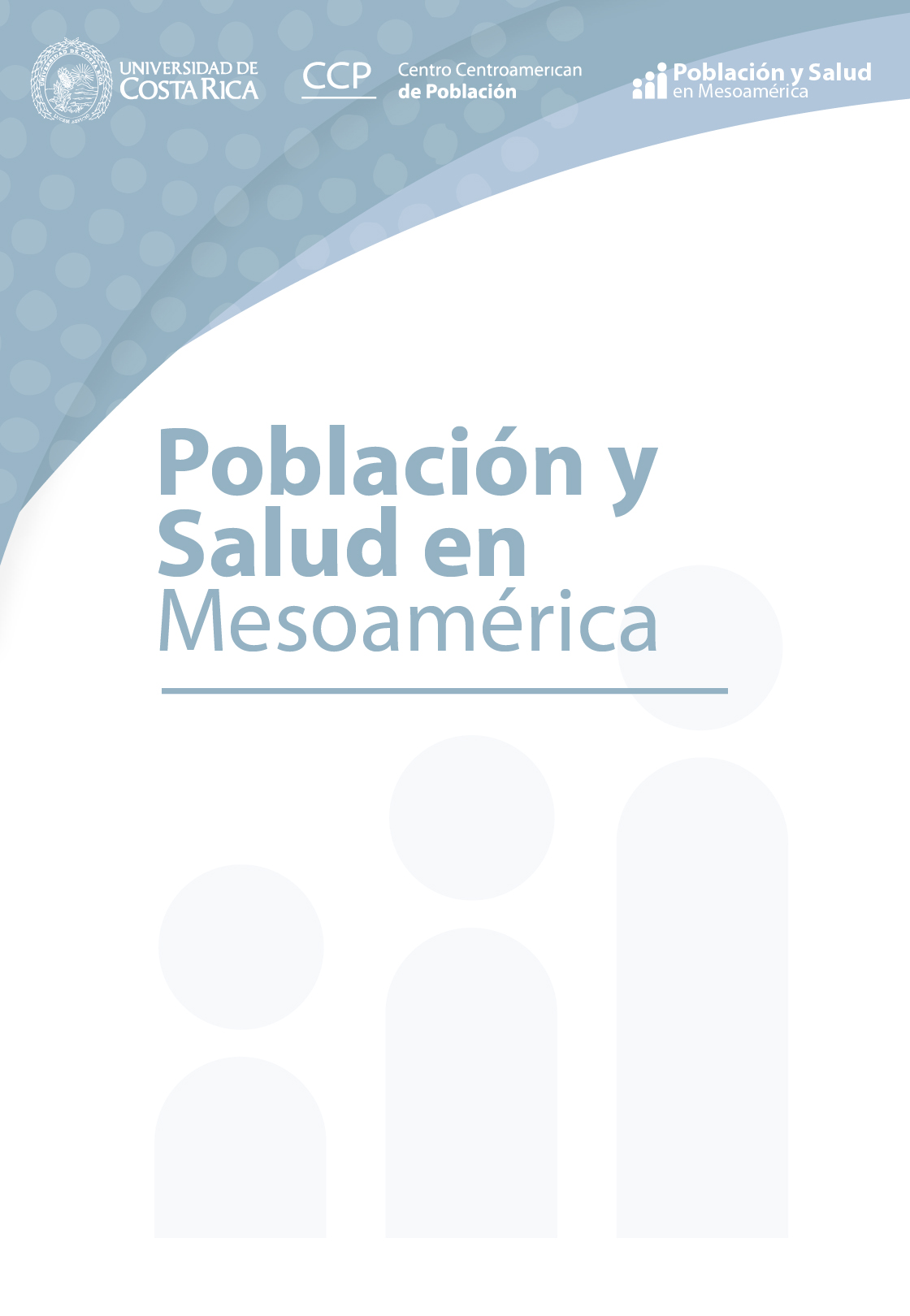Resumen
Introducción: Las alteraciones en las concentraciones plasmáticas de leptina y adiponectina son la causa de las alteraciones metabólicas en la infancia como, por ejemplo, resistencia a la insulina, glicemias elevadas y perfil lipídico alterado. El desequilibrio de estas adipoquinas es la consecuencia metabólica del exceso de tejido adiposo en el individuo. La obesidad infantil es un problema de salud pública en el mundo, al ser una condición predisponente para el desarrollo de exceso de peso en la adultez y, consecuentemente, de padecimientos crónicos como enfermedad cardiovascular, diabetes, síndrome metabólico, entre otras. De ahí la importancia de su detección en etapas tempranas de la vida para su prevención o tratamiento. Por tanto, el objetivo del presente estudio fue analizar el perfil lipídico y biomarcadores de adiposidad, con el fin de establecer la prevalencia de dislipidemias y riesgo de aterogenicidad en niños escolares del distrito de Tres Ríos, cantón de La Unión, provincia de Cartago. Metodología: Se determinó la concentración plasmática de leptina, adiponectina, insulina y lípidos de un grupo de 108 escolares del cantón de La Unión, Cartago, Costa Rica, con edades entre 6 y 10 años, a los cuales se les realizó la evaluación antropométrica y la determinación por duplicado de los biomarcadores. Resultados: Las concentraciones plasmáticas de colesterol total y triglicéridos se encontraban fuera del rango de normalidad en la población en estudio. El exceso de peso evidencia una relación significativa y positiva con las concentraciones plasmáticas de leptina e insulina. Condiciones como la edad y el sexo no afectaron el comportamiento de los indicadores estudiados. Conclusiones: El colesterol total, los triglicéridos, la leptina e insulina podrían constituirse en indicadores metabólicos para el monitoreo del riesgo de enfermedades crónicas en poblaciones pediátricas.


